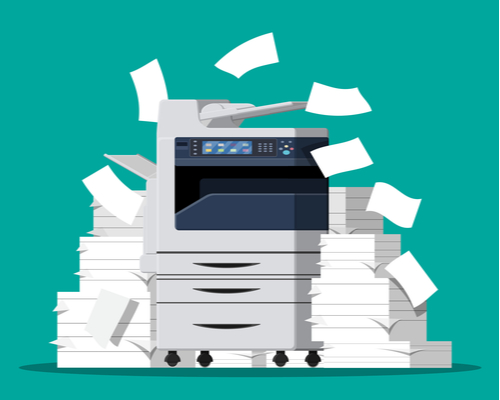
How to Store Printer Paper
According to recent industry research, the leading cause of copier repairs in Las Vegas are paper jams. Paper jams occur for a wide range of reasons, including poor maintenance, roller malfunction, incorrect loading, incorrect sizing, low-grade paper and so forth. But many paper jams are self-inflicted wounds that could have easily been avoided if the paper had been stored properly rather than just stacked in a supply closet somewhere.
Printer Paper Packaging
The packaging high-grade paper is sold in is important to its long-term health. The wrapper or box protects it from folds, wrinkles and other damage. It also protects its other physical characteristics, such as its weight and specific moisture content, which is crucial and often overlooked. Ideally, paper should be opened and used fully. In the event that is not practical, take care to reseal the packaging.
Establish an Appropriate Environment
No matter how good the packaging it is, it will be less effective and eventually undermined in a suboptimal storage environment. Specifications vary between brands and papers, so be sure to check the recommendations for your particular paper. A rule of thumb is that the temperature should be between 68 and 75 degrees Fahrenheit and relative humidity should be 45 to 55 percent.
Avoid Over-Ordering
Generally, paper has a shelf life of about three years, but most businesses should avoid such large stock. Instead, try to balance your ordering with your consumption so that paper never sits more than three months. This is something MPS providers are very good at helping you achieve.
Stacking the Paper
Your storage area should not have windows, HVAC vents and frequently used doors since these can all affect the paper. Stack paper on a shelf or similar surface. Ensure that the surface is as level as possible. Be mindful that paper weight, thickness and rigidity are all important characteristics, so avoid stacking to the point that the bottom layers are affected by that pressure.